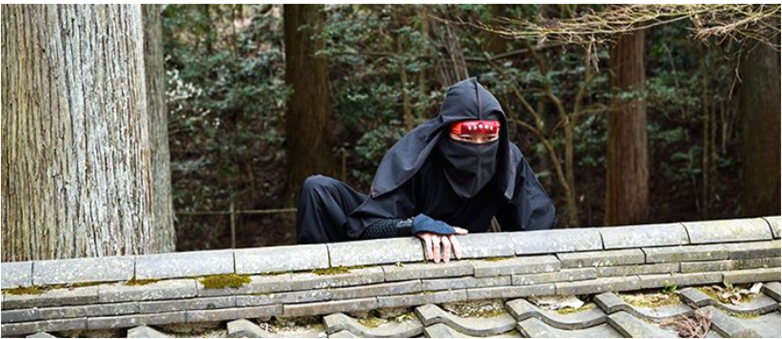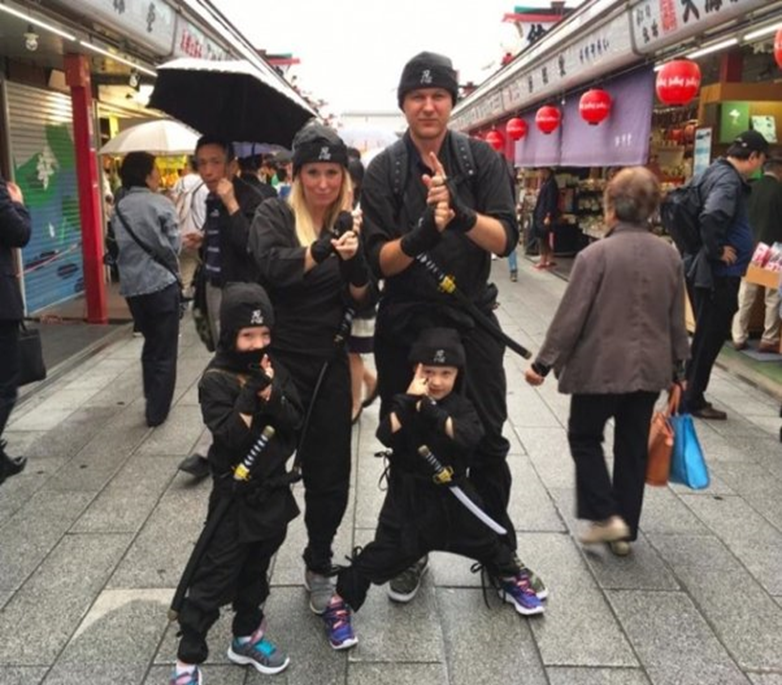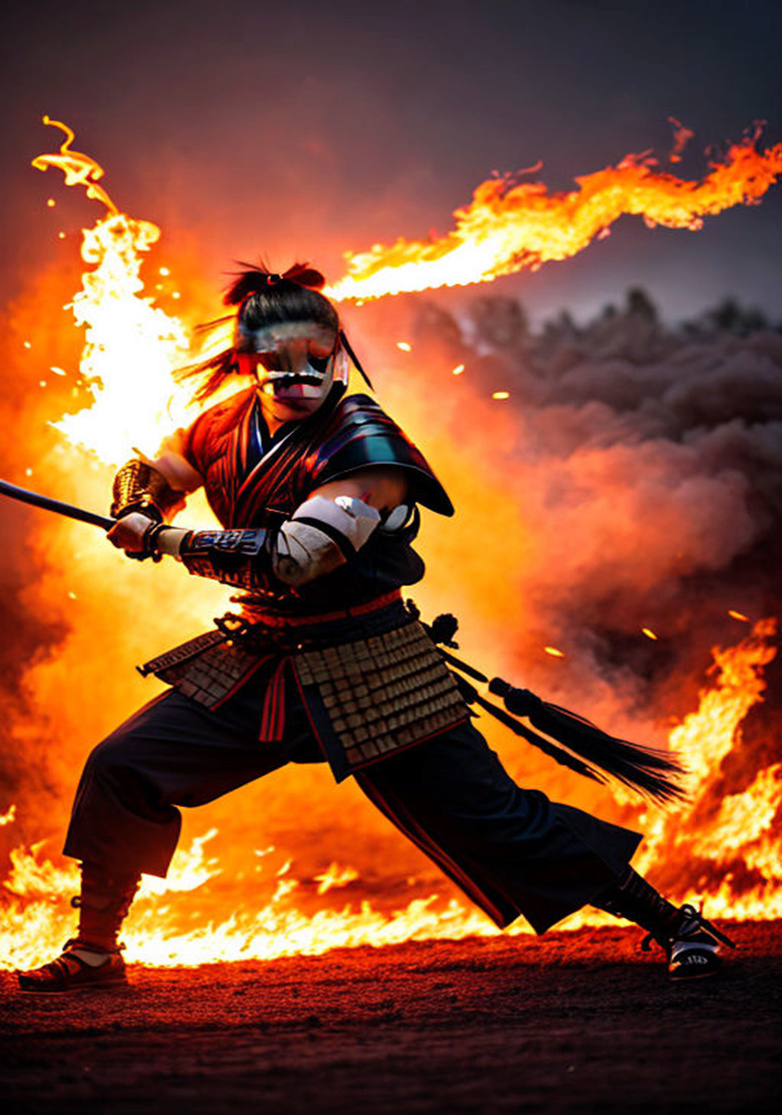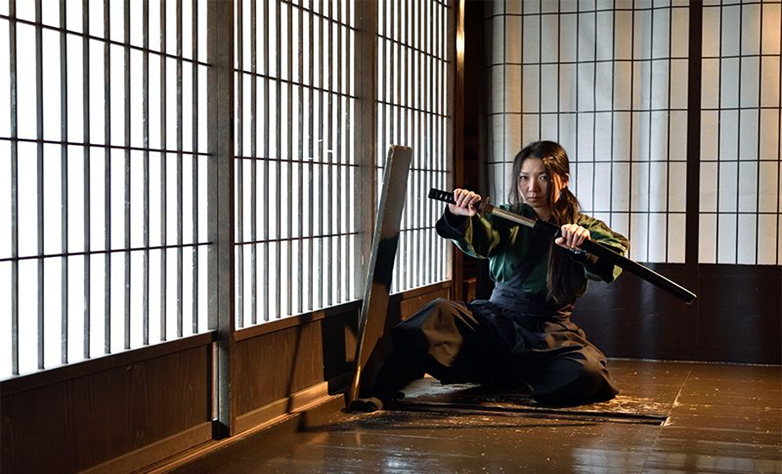!Ninja Mask Unmasked: Beyond the Shadows and Black Uniform

For centuries, ninjas have held a seductive place in the public imagination. The secret warrior of feudal Japan, a favorite subject in films and manga, has long been depicted as a stealth agent who dresses all in black and packs an arsenal of precision weapons while carrying out secret missions. But new research shows the mysterious character in a completely different light, and helps redraw the stereotype.
Ninjas are exciting and mysterious historical figures in Japanese culture. They were expert fighters in the arts of war and espionage, and had unique skills in stealth and infiltration. Although they were part of Japan's turbulent period, their image and traditions have been greatly embellished and narrated over time.
Ninjas featured prominently during the samurai period in Japan, and had unique skills such as martial arts, stealth, and stealth. Ninjas were used for many tasks, from espionage to reconnaissance and secret missions. Ninjas' fame is also due to many tales and novels that show them as ingenious and intelligent characters.

Over time, ninja stories have become part of Japanese heritage and culture, and their image has been embodied in many artistic and cultural media, including film, television, and gaming.
Ninjas would routinely change their appearance to blend in with the crowd. So they might dress up as travelers or monks, for example, to avoid detection. An illustration in a 17th-century manuscript shows ninjas who look exactly like samurai.
They were also known for sneaking into buildings, but their most important skill was sneaking into people's hearts. They were good at getting people to reveal things they wouldn't normally tell anyone else.

The contemporary stereotype of the ninja that we see in films and books today originated in kabuki theater in the early 18th century and developed through popular culture.
Ninjas and legends
Black-clad ninjas with supernatural powers and trained in the art of stealth and espionage known as ninjutsu are legendary figures famous in Japan and around the world. However, the word “ninja” itself was not widely used in Japan until the boom in popular historical novels around 1955. Perhaps these exaggerated and exaggerated legendary feats were the result of exploiting perceptions of spy warriors that were developed after the main period of their peak activity.
Their previous common name was shinobi (忍び), which shares the same kanji as the word ninja (忍者). Because there is very little information available about them, there is no precise definition of them. But they, any shinobi, were generally considered to be spies who secretly monitored enemy movements and passed on information of strategic importance. They were most active during the period of successive turmoil witnessed in the Warring Kingdoms era (1467-1568).

The emergence of the territories that ninjas became famous for
During the Nara Era (710-794), aristocrats, wealthy regional leaders, and priests of temples and shrines began constructing massive shōen estates of their own, giving rise to various land disputes. Accordingly, outlaw fighting militias were formed, known as akutō, but they were able to expand significantly by the second half of the thirteenth century - despite the irregularity of their mobilization - to form a strong opposition against the shōin regimes and military and feudal rulers (shoguns). Akuto is the first generation of shinobi or ninja.
Shinobi began to appear in historical documents in the 14th century, especially during the Warring States era, where daimyo were employed by feudal lords to patrol for necessary intelligence. Some regions were famous for their ninja groups, such as Iga (in present-day Mie Prefecture), Koka (Shiga Prefecture), Togakushi (Nagano Prefecture), and Kai (Yamanashi Prefecture). There were many local names for ninja, including rappa, suppa, kusa, dakkō, and kamari.
Besides gathering information from enemy territory, ninjas were used to advance war objectives through guerrilla tactics including arson, sabotage, and ambushes. However, their most important role was to provide reports on the enemy, as they tended to avoid getting involved in pointless conflicts. It is said that ninjutsu techniques were used mainly for self-defense.

Demonstration of the Katana Kakushi style, a ninjutsu art in which the ninja gently pulls the sword from its place hidden under the floor
Deception and infiltration methods
Tokugawa Ieyasu's victory at the Battle of Sekigahara brought Japan into an era of relative peace in the Edo era (1603-1868) and ninjas began to be used primarily as bodyguards.
In the mid-17th century, ninjutsu books such as the Bansenshūkai (The Book of Ninja) and the Shōninki (The Right Path of the Ninja) introduced the methods and mentality of a shinobi. The ninja book describes the tools they used, as well as techniques of deception and infiltration.

A display of shuriken, or sharp-bladed stars, in a museum.
The era of increasing stability of military rulers (shoguns) saw the need for shinobi diminish. Which in turn led to the ninja gradually disappearing away from the course of life, and began to appear in narrative styles through arts such as Kabuki and Ukiyo-e . They were usually depicted wearing black uniforms throwing sharp ninja star blades (shuriken), and we still find these images to this day.
Descendants of those ninja still live in sites famous for their past traditions, which are now tourist attractions playing on the temptation of contact with the legendary masters in disguise. We also now find that former ninja headquarters, museums, and even amusement parks are introducing patrons to the magic of ninja and the mystery that surrounds it.

Entrance to the Koka Ninja House, a practical ninjutsu museum located in Shiga Prefecture.
Source : websites

